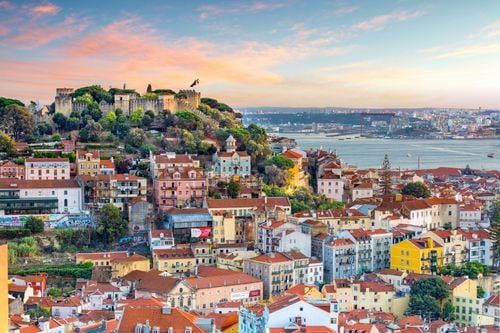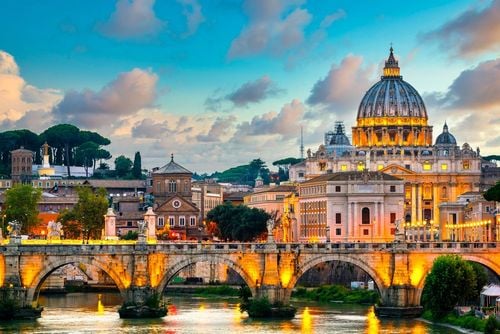Corfu, the pearl of the Ionian Islands
 Corfu
Corfu

Corfu, the pearl of the Ionian Islands
Geographically, Corfu (Kerkyra in Greek) is already a Greek island apart: at the mouth of the Adriatic, it faces mainland Greece and Albania, while the tip of the Italian boot is not far away. The largest (with a population of over 100,000!) and most northerly of the Ionian islands, it is nevertheless almost isolated, not always being connected to the rest of the archipelago, Kefalonia, Lefkada or Zakynthos...
Perhaps that's why Corfu seems to go it alone on the tourist scene, absorbing most of the Ionian Islands' crowds: a major destination in Greece, its airport runs at full capacity during the season, and the beaches and resorts easily fill up. The British and Germans make up the bulk of the troops, and for once on the Greek islands, the French follow!
This unique island has something for everyone.
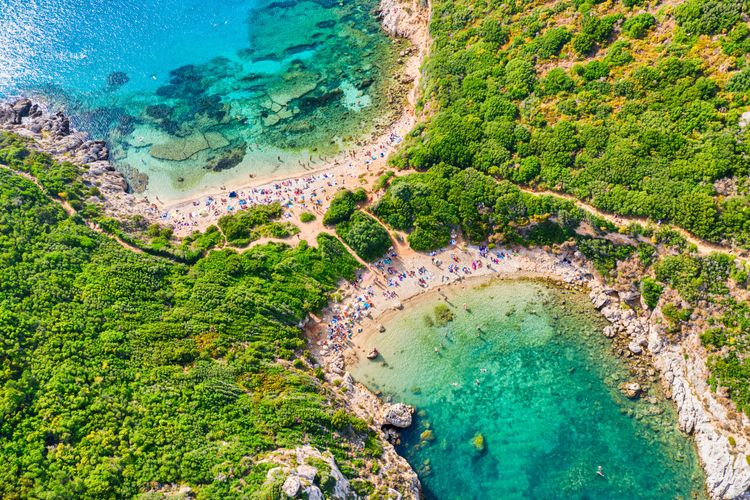
Port Timoni in Corfu
- © Nick N A / ShutterstockSun-drenched beaches fringed by clear blue seas? Coves and stretches of sand dot Corfu's coastline from north to south, on both the east and west coasts! The beaches of Porto Timoni, Chomi, Glyfada, Issos and Marathias are just a few examples...

Kerkyra (Corfu), capital of the island
- © proslgn / ShutterstockSights to discover, coupled with a fascinating history? Just stroll the cobbled streets of Kerkyra (Corfu), the Unesco-listed capital with its strong Venetian flavour, come across a cricket pitch inherited from the British, visit the Achilleion Palace built for Sissi the Empress, the ruins of Angelokastro castle or the Byzantine village of Palea Perithia and you'll feel like you've travelled back in time. Corfu and the Ionian Islands were even, albeit very briefly, a French department in 1797!

Paleocastritsa
- © Serenity-H / ShutterstockA Greek identity, where the art of living is king? Even on the outskirts of busy tourist resorts such as Sidari, Paleokastritsa and Kassiopi, you'll find a pretty white chapel here, an Orthodox monastery there, and tavernas everywhere where Greek specialities make meals a joy throughout the holiday.
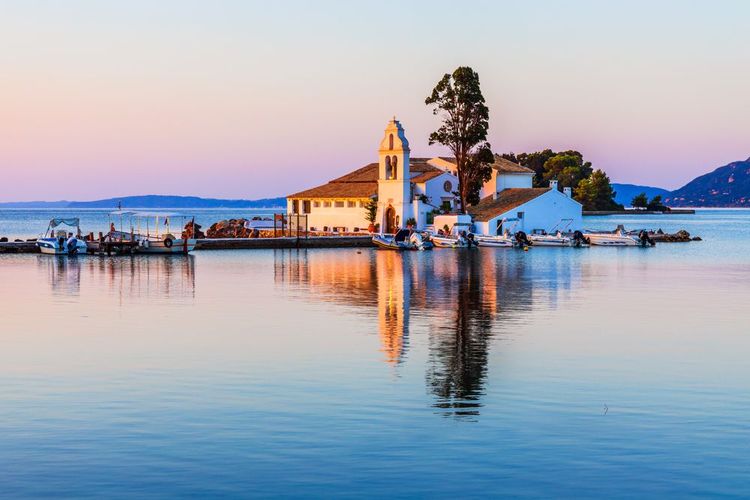
The Vlacherna monastery
- © SCStock / ShutterstockEverywhere on Corfu, abundant, well-watered vegetation, based on cypress, pine and olive trees, generously covers the island's interior: a far cry from the bare rock image of some Greek islands! Corfu is certainly a lively tourist destination, but it is also ideal for those who love unspoilt nature and the scents of garrigue mixed with seascapes: at any time, you can get off the beaten (Corfu) track and swap your seaside pursuits for a day's hiking.
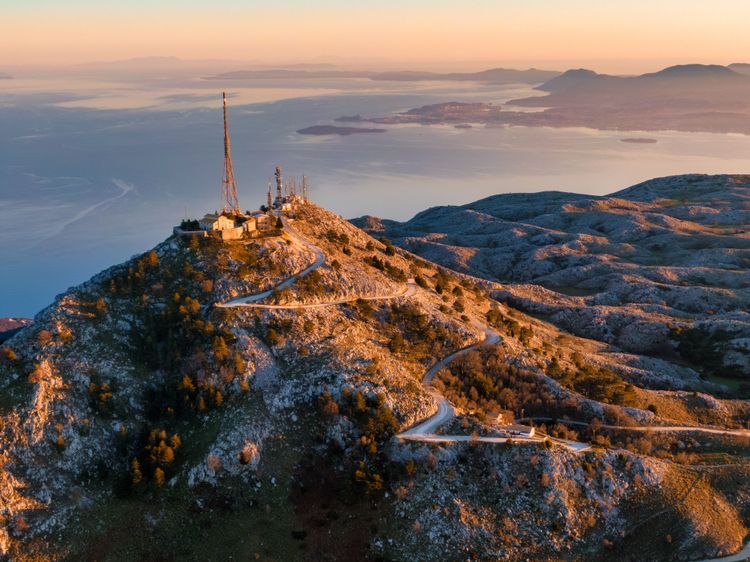
Mount Pantokrator
- © ernestos vitouladitis / ShutterstockCorfu is a long island with different faces: the north is mountainous inland, culminating in Mount Pantokrator at 906 m, and home to most of the major resorts and most popular beaches, while the south is flatter and has a lower concentration of tourist attractions, with a transition of rolling green hills in between.
Depending on your tastes, you can concentrate on one or other sector of the island, unless you want to take enough time to do a complete tour! We'd strongly advise you not to rush through Corfu: a one-week itinerary in the north, and two full weeks if you add the south, the most unique of the Ionian islands is well worth a visit to grasp its many nuances.
 Corfu
Corfu

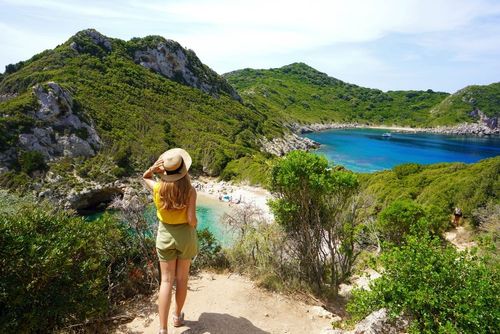
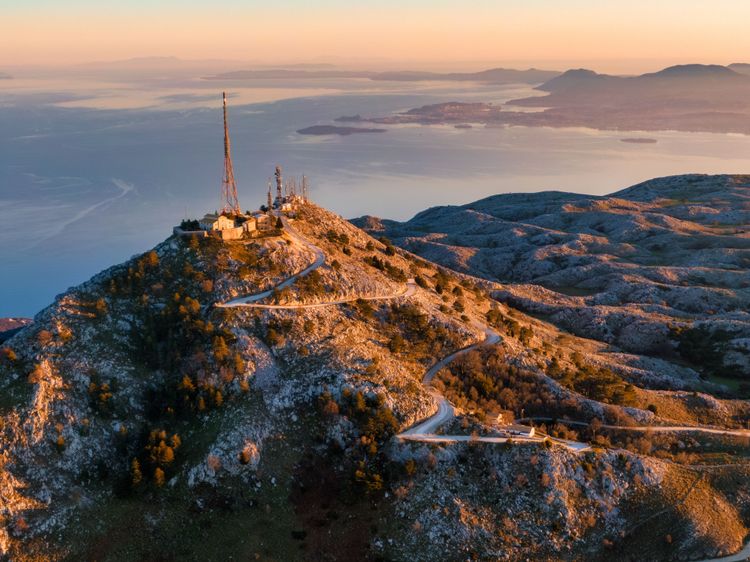 1
1
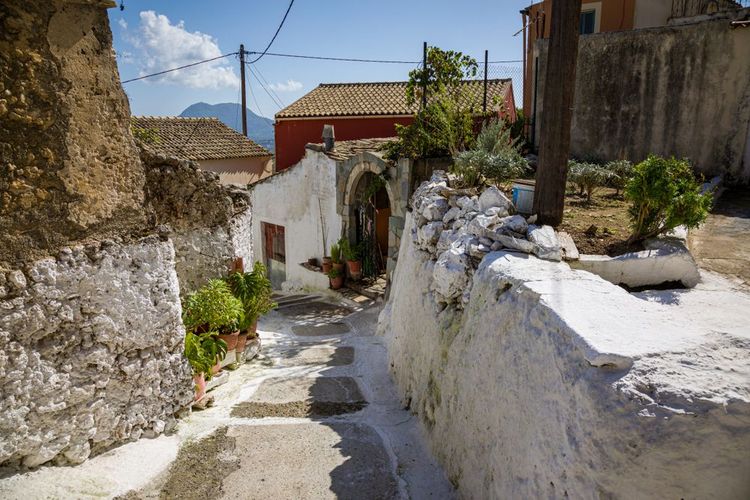 2
2
 3
3
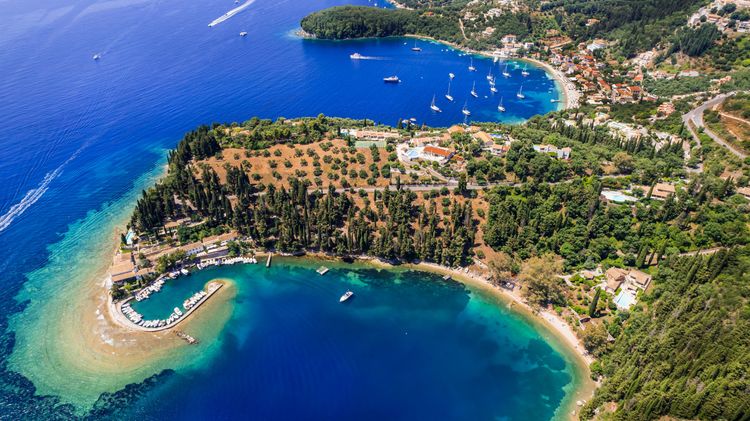 4
4
Direct flights to Corfu (operated in particular by low-cost airlines) increase in number throughout the tourist season (April-October), with a peak at the height of summer, departing from Paris and several other provincial airports such as Marseille, Lyon, Nantes and Beauvais. A quick and economical solution if you book in advance, or if you're lucky!
You can also fly to Corfu in two stages, stopping off in Athens and then taking a domestic flight to Corfu (45-minute flight).
By boat, you can reach Corfu from Greece (Igoumenitsa, Patras), Albania (Saranda) and Italy (Brindisi, Bari, Ancona).
There is a wide choice of accommodation on Corfu, a very busy island in high season: hotels of all categories, from large all-inclusive resorts to small family-run establishments, rental villas, houses and studios, as well as rooms for rent with local people, and a few bungalow or tent campsites for those on a budget.
It's always best to book your accommodation in advance, and this becomes essential at the height of the season (July-August).

When should you visit Corfu?
What are the formalities for travelling to Corfu?
Corfu is part of Greece, so you'll need a valid identity card or passport to go through the controls, which are virtually non-existent as we're in the European Union.
How long will it take to get to Corfu?
For a Greek island, Corfu is quite large: you can easily stay for 1 week to discover the essentials, and up to 2 weeks to take your time and explore the whole island.
Thanks to boat connections, you can also link Corfu to other Ionian islands (direct connections at the height of the season or via the mainland), to mainland Greece in the north, and even to Albania, by spending 10 days to 2 weeks there, or even longer.
Why go to Corfu?
Corfu is a destination that will appeal to lovers of cultural visits as much as beautiful beaches, festive seaside resorts as much as small traditional villages, water sports or hiking... In short, Corfu has the potential to appeal to everyone.
Corfu: what to eat (and drink)
Corfu's specialities are reminiscent of the Italian influence, such as pastitsada, a dish of pasta, veal and homemade tomato sauce, sprinkled with kefalograviera, a hard sheep's cheese that enhances the flavour. There's also pastitsio, a Greek-style lasagne, sofrito, a veal stewed in garlic, and bourdeto, a spicy fish speciality.
Otherwise, Corfu's tavernas offer the great classics of Greek cuisine: Greek salads, tzatziki, aubergine, grilled lamb,souvlaki or moussaka kebabs, octopus, squid, marinated anchovies and sardines by the sea...
When it comes to drinks, don't forget a glass of tsipouro, the local brandy, to round off a meal (or to say welcome).
What to bring back from Corfu?
Original kumquat liqueur is produced locally from these small citrus fruits, originally from Japan, grown on the island. The local honey is also to die for! Olive oil is a major product on Corfu, so now's the time to take a can home with you.
Transport in Corfu
On the whole, it's best to hire a car to get around Corfu: it'll make things easier and give you more freedom of movement. There are a number of rental companies operating directly at Corfu airport, or on the harbour side.
The island is served by local bus services: blue buses run to Corfu town and the immediate surrounding area, green buses to the rest of the island. Timetables and routes vary according to the season, and can be consulted locally or online.
Corfu is often overcrowded in summer, with visitors flocking from all over the world, so it's best to avoid the high season (August) as much as possible to make the most of your stay, accommodation and sightseeing.
explore Try out our comparators
It is Easy to travel

